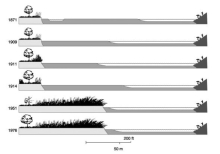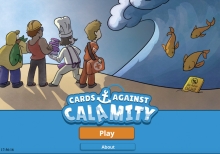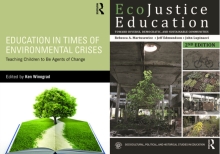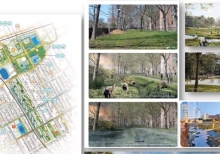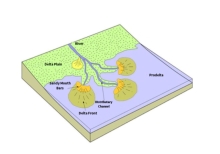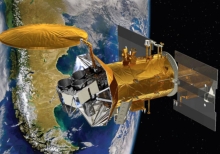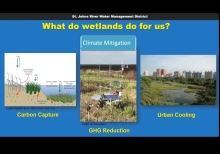Causes And Consequences Of Invasive Plants In Wetlands: Opportunities, Opportunists, And Outcomes
Wetlands seem to be especially vulnerable to invasions. Even though ?6% of the earth's land mass is wetland, 24% (8 of 33) of the world's most invasive plants are wetland species. Furthermore, many wetland invaders form monotypes, which alter habitat structure, lower biodiversity (both number and "quality" of species), change nutrient cycling and productivity (often increasing it), and modify food webs.
